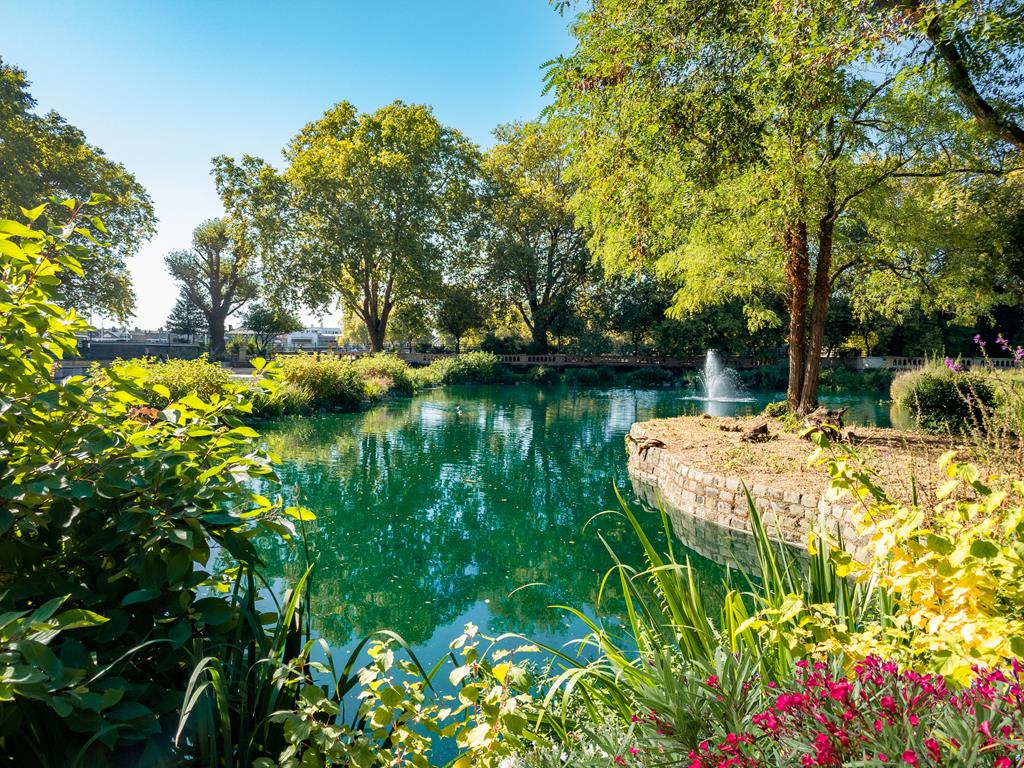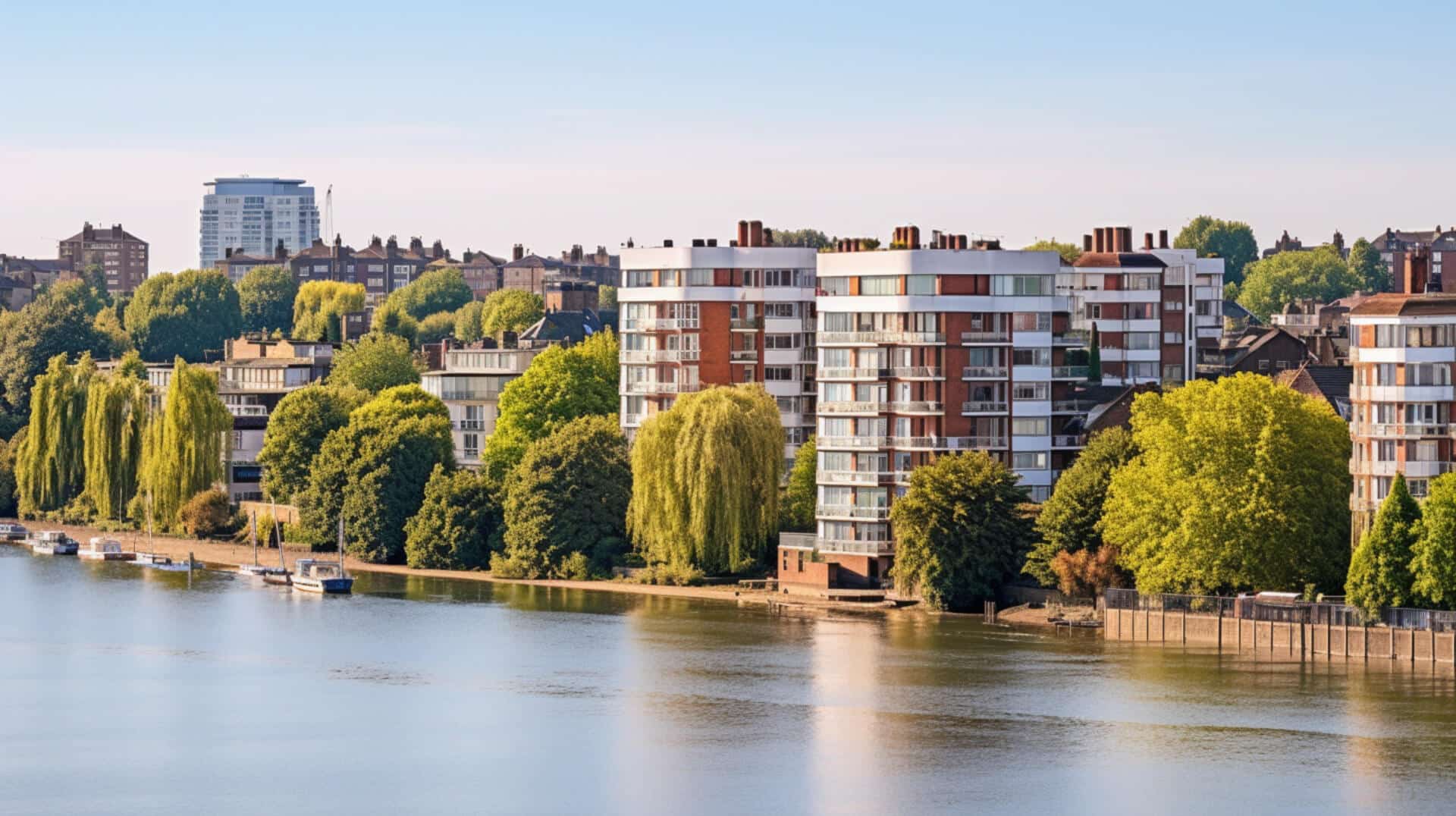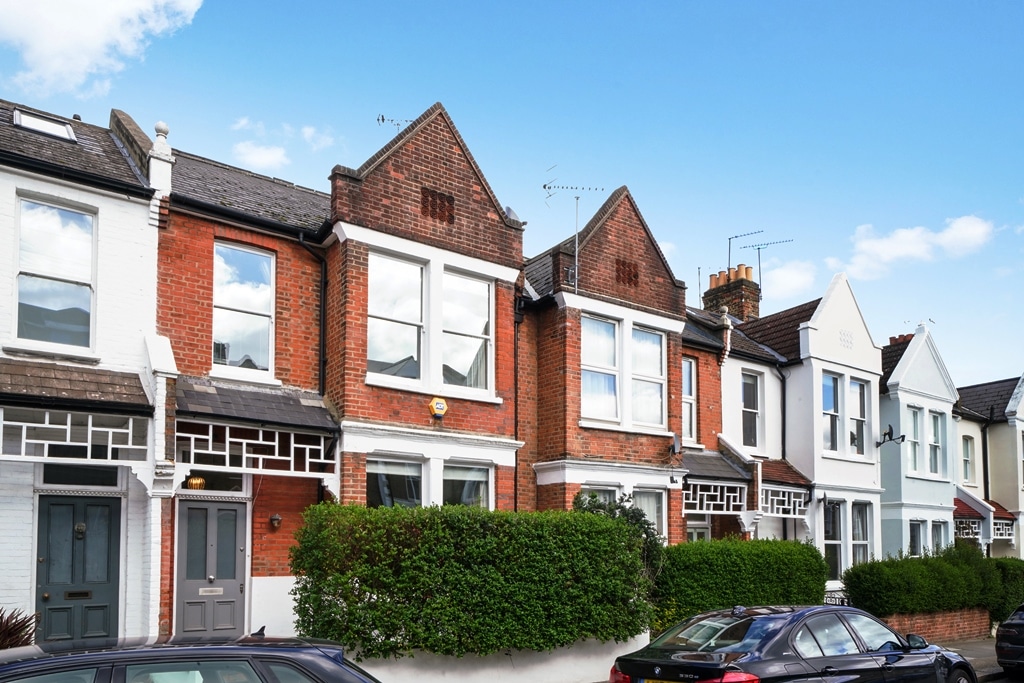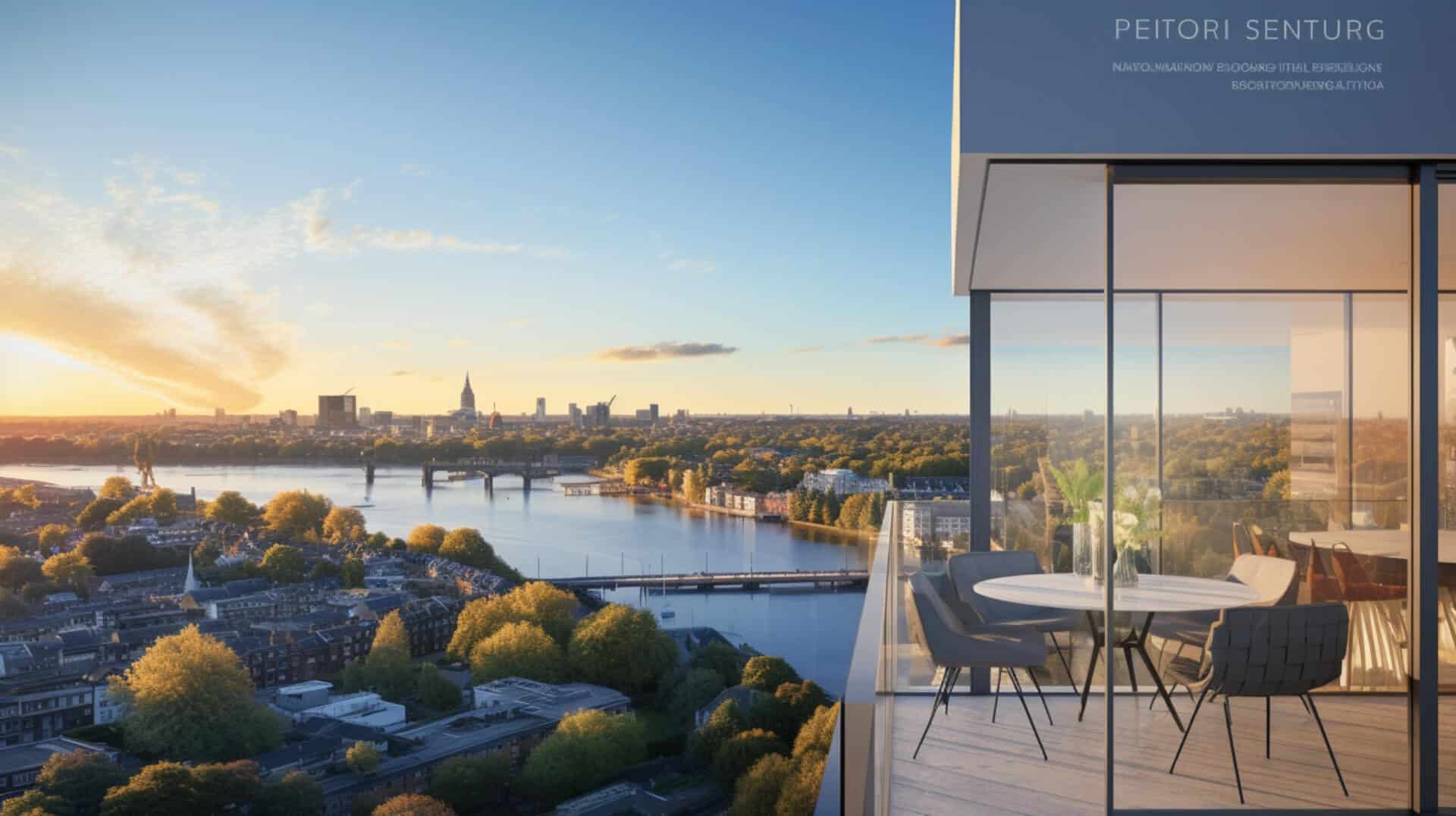
Is Putney a posh neighbourhood? Putney is a green, middle-class suburb. Putney is a pleasant southwest London neighbourhood with many open areas, cafes, and families. For more information about property for sale Putney contact us at The Putney Estate Agent we will be delighted to help you.
Is Putney a decent place to live?
The Thames to the north, Wandsworth Park to the east, Putney Common to the west, and Putney Heath to the south are green spaces. Putney attracts families for a variety of reasons. This Thames-side neighbourhood in southwest London is surrounded by green spaces, has a variety of well-rated public and private schools, and is only six miles from central London. This well-heeled locale is steeped in history, yet it also keeps up with the times. Only six miles from town, the river and green space provide a refreshing atmosphere.
Putney’s history
Putney’s history is rich, as it was formerly a little riverfront village. A blue plaque honours Thomas Cromwell, Henry VIII’s top minister and “most devoted servant,” killed as a traitor on the king’s orders in 1540, just a few steps east of Putney Bridge in Brewhouse Lane.
Cromwell was born in 1485 in Putney, most likely the son of a blacksmith named Walter — and who can forget the savage beating that young Thomas endures from his father in the first few chapters of Hilary Mantel’s novel Wolf Hall, which was adapted into an award-winning 2015 TV adaptation?
Famous Putney citizens
Putney has more than its fair share of renowned citizens, with blue plaques and local council green plaques strewed about. Norman Parkinson (1913-1990), a well-known photographer, grew up in Landford Road.
Algernon Swinburne, a Victorian poet, lived and died on Putney Hill. He wrote the Decline and Fall of the Roman Empire; historian Edward Gibbon (1737-94) grew up in Lime Grove, one of Putney’s large estates of the time.
Clement Attlee, the postwar prime minister, was born at Portinscale Road in 1883.
Putney Bridge
One of London’s busiest Thames crossings is Putney Bridge, and driving six miles into central London during rush hour can take up to 60 minutes.
Putney’s first bridge, a wooden structure, was built in 1729, allegedly following a campaign headed by the first British Prime Minister, Sir Robert Walpole.
According to legend, the Putney ferryman refused to leave the pub to ferry Walpole across the river on his way to the Commons following a meeting with George I in Kingston, forcing Walpole to take a longer path. The current stone bridge, the starting point for the annual Oxford/Cambridge Boat Race, was built in 1886.
The Putney Wharf
The Thames is an integral part of life in this city. The Putney Wharf development to the east of the bridge has riverside restaurants, pubs, and homes, while the west bank is dotted with boathouses and walkers.
Putney is bordered on the north by the Thames and Fulham, on the east by Wandsworth and Earlsfield, on the south by Wimbledon, and on the west by Richmond. According to real estate agents in Putney, Putney High Street has improved significantly in recent years, with more various businesses, cafés, and restaurants. A pair of new High Street developments are in the works, which will help to improve the neighbourhood even further.
The Putney real estate market
From Victorian cottages to large Edwardian mansions, Putney has it all, from period conversion apartments to purpose-built mansion flats. Along the river and Upper Richmond Road, several huge complexes of contemporary flats have sprung up in recent years.
Luxury Putney property
At £5.85 million, an eight-bedroom double-fronted Twenties mansion with a carriage drive in St Simon’s Avenue is one of the most expensive residences now for sale. A handful of residences on Deodar Road have direct access to the Thames, one of which is now on the market for £4,195,000. A mansion for £3,895,000 is for sale in Bristol Gardens, an enclave of magnificent residences surrounded by the verdant acres of Putney Heath.
Flats for sale in Putney
There are roughly twice as many flats for sale in Putney as there are houses. The most expensive apartment currently on the market is a £2.5 million period conversion sprawled over two stories in Keswick Road.
Mansion flats are likewise in high demand. Kenilworth Court in Lower Richmond Road is one of the better blocks, with a four-bedroom home for sale for £1.15 million. The cost of a one-bedroom flat starts at around £350,000. A one-bedroom period conversion in Santos Road, for example, is on the market for £375,000.



